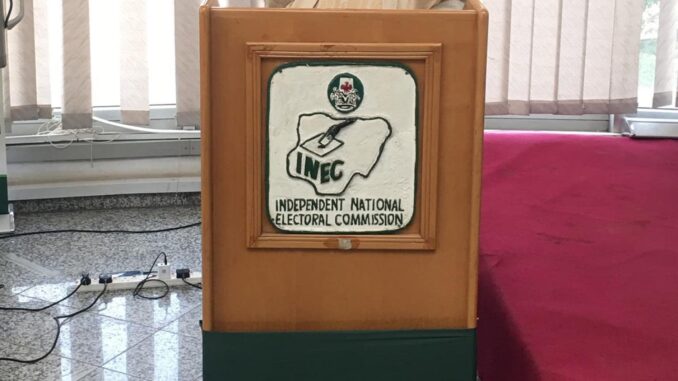
A fourth approach was introduced as a simulation method by Klimek, Yegorov, Hanel and turned into a statistical estimation method. This method offers a, sophisticated model of irregularities that uses data on turnout, valid ballots and the number of votes received by each party or candidate in election aggregation units (such as polling stations) to produce estimates of the occurrence and magnitude of extreme fraud and incremental fraud. The specifics of this approach will be described in further detail below.
Key statistical methods: Digit and turnout distribution approaches
We further define the statistical tools in each approach and then illustrate how the statistics could be used to diagnose the accuracy or inaccuracy of election outcomes. Ire describing the statistics we include the number of people voting when we refer to vote, counts.” The proportion of those eligible to vote who do vote a. conventional notion of “turnout’’ is treated similarly.
We also use other methods to try to diagnose whether and where frauds occur. These methods are also part of the Election Forensics Toolkit.
Multimodal frauds simulation model: This model introduces a simulation model in which the baseline assumption is that votes in an election with no fraud are produced through the interaction of processes whose effects can be summarized by two Normal distributions: one distribution for turnout proportions and another, independent distribution for the proportion of votes going to the “winner” (that is, the party with the most votes). Condition on the number of eligible voters. Assume that election fraud means that votes are added to the votes for the winner. Some votes are transferred to the winner from) the opposition, and some are transferred from nonvoters. The two kinds of election fraud refer to how many of the opposition and nonvoters’ votes are shifted: with “incremental fraud” moderate proportions of the votes are shifted; with `extreme fraud” almost all of the votes are shifted. Have parameters that specify the probability that each unit experiences each type of election fraud: fe is the probability of incremental fraud and fe, is the probability of extreme fraud. Other parameters fully describe bimodal and trimodal distributions that the model characterizes as being consequences of election frauds.
Multimodal frauds likelihood model: This model introduces a finite mixture likelihood model that takes its definitions of election frauds from the simulation model. The model does not focus on estimates of the frauds probabilities fi (incremental fraud) and fe (extreme fraud) that may be obtained for’ an entire election. Instead we emphasize (1) statistical tests for frauds and (2) estimates of the probability that each observed vote aggregation unit e.g., each polling station is fraudulent. The statistical tests (likelihood ratio tests) are tests of whether, for all the election-unit observations in a given “district, using the three-component mixture model that; includes frauds improves the fit to the data compared to a model that excludes both of the fraud components. An electoral unit is the smallest unit at which we observe aggregated votes are observed. In the case of legislative elections, a district can, be a constituency with a, single representative, or a larger geographic area such as a province or even an entire country in which multiple seats are awarded using some proportional representation procedure. In the case of presidential elections, a district for purposes of the analysis is the entire country. The observation-level estimates of fraud probabilities are side-effects of the EM algorithm we use to estimate the finite mixture likelihood model.
Geographic clustering tests: Indicators or phenomena that are geographically clustered are particularly noteworthy. Geographic clustering may show where there is cooperation or collaboration of the kind that occurs when election frauds occur. Geographic clustering may also suggest to those with relevant substantive and local knowledge other factors that could contribute to observed patterns in election results. These other factors can be related or unrelated to the possibility of fraud. For example a cluster might coincide with the home base of a political leader or an area in which the leader’s political party or ethnic group is predominant (or in the minority).
To be continued tomorrow
Professor Ogundipe
Toyin60@yahoo.com
BarristerAkinade
bayoakinade@yahoo.co.uk
or
bayoakinade77@gmail.com
Tel. Phone No.: 08022771818


Be the first to comment